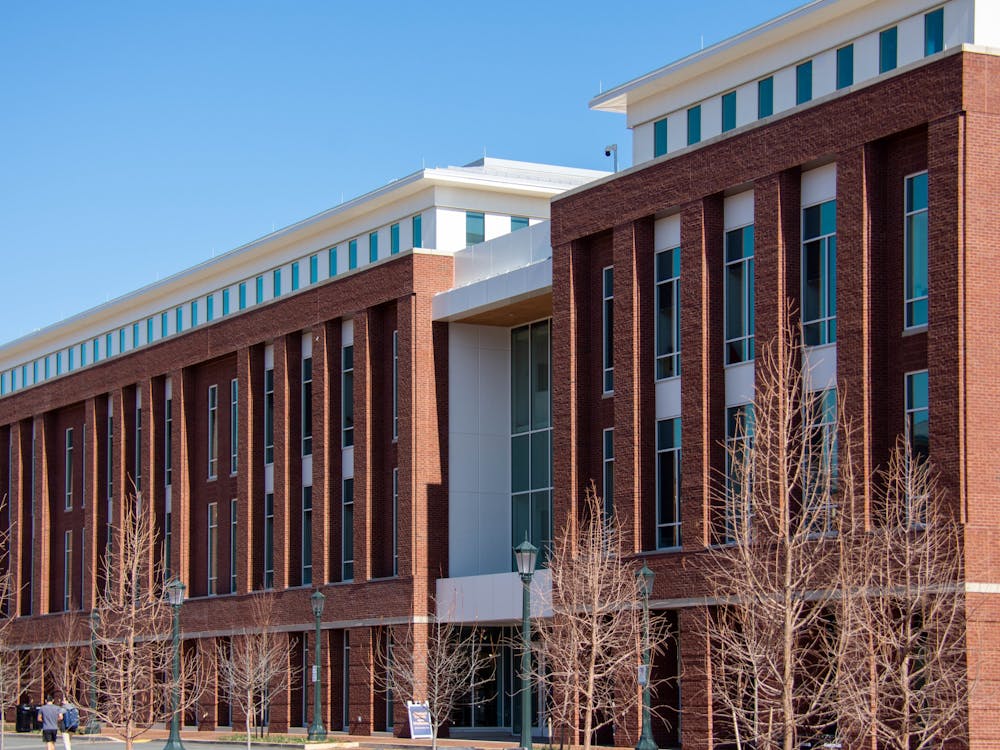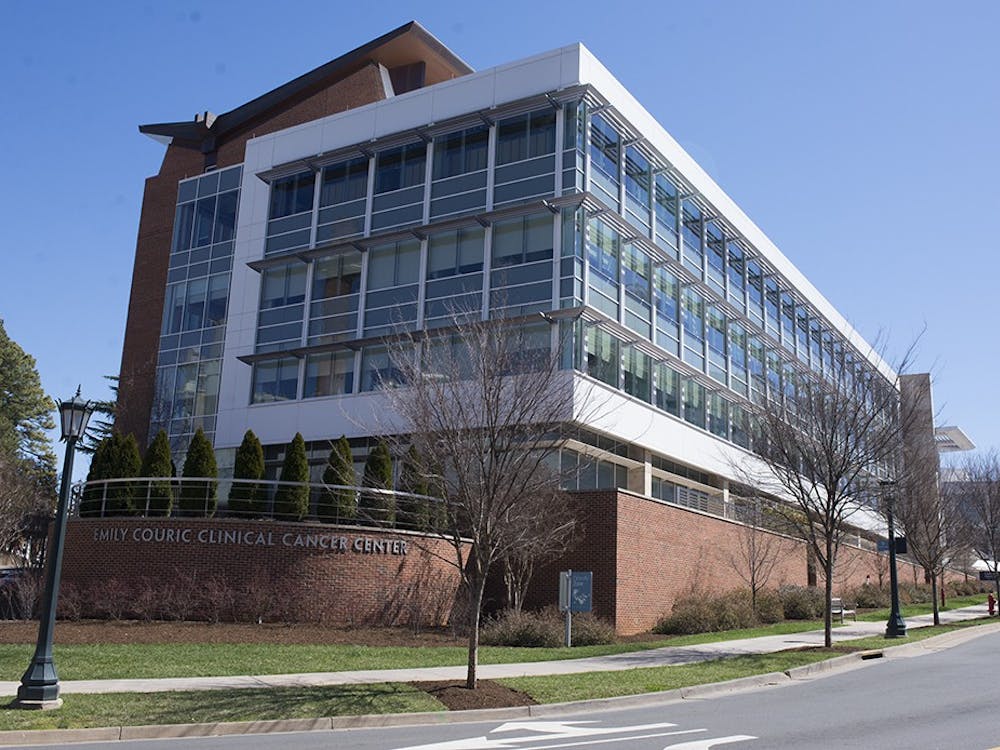If you have turned on the news or flipped through a newspaper during the past couple of weeks, you undoubtedly are aware that a federal judge blocked President Obama's 2009 executive order to allow federal funding for embryonic stem cell research. As is typical in media coverage, complex issues were quickly boiled down to two choices of opinion, both of which were argued vociferously in print and videobyte. Medical researchers argue that embryonic stem cells' flexibility to differentiate into every cell type in the body is vital to develop promising cures for degenerative conditions such as Parkinson's disease. Many groups, however, oppose any procedure that would destroy cells that could, if allowed to develop naturally, become healthy infants. With an election cycle looming, the arguments on both sides have increased rapidly in volume.
But this verbal distillation into two polarized camps belies the true landscape of stem cell research. There are many types of stem cells. My research uses adult stem cells, harvested from liposuction leftovers, which retain the ability to differentiate into various cell types but lack the extreme flexibility of embryonic stem cells - the ability that allows them to develop into infants. And there are different ways to obtain these alternate stem cells.
Regardless of one's personal beliefs about when exactly a human life begins, it is not difficult to imagine how valuable it might be if there were a way to attain cells as flexible as human embryonic stem cells without destroying what would become a healthy infant. To be able to push forward with promising medical research without threatening a single conceived human life could be a wonderful compromise in an otherwise incensed debate on the goals of medical research versus the value of early human life.
As a matter of fact, there is a way. University alumnus Francis Collins, the director of the National Institutes of Health, dedicated a number of pages in his book, "The Language of God," to a brief explanation of the technology known as somatic cell nuclear transfer, or SCNT. By replacing the DNA-containing nucleus of a donated, unfertilized human egg with the nucleus of an ordinary skin cell from an adult, scientists can induce the egg to produce artificially created cells with the same flexibility as embryonic stem cells. Those cells then can be harvested without ever having threatened any group of cells that would otherwise develop naturally into a human life.
But this technology has not quelled the media storm, which were whipped up again in the last few weeks. Why has SCNT not replaced the majority of stem cell research? First, it's pretty tedious and expensive manual work. Second, SCNT is viewed by many as a being just one step away from cloning.
It seems odd that we might turn to something related to a topic as controversial as cloning for our bridge across the troubled moral waters of embryonic stem cell research. In fact, the cloning procedure for the most famous sheep in the world, Dolly, began with SCNT. Dolly's synthetically derived cells then were carefully treated and artificially implanted into a surrogate mother for further development. Without such drastic scientific and surgical intervention, the artificially generated cell products cannot develop into an organism. In humans, such a surgical procedure with synthetically derived cells could easily be made illegal and punishable with the strictest of penalties to guard against the hypothetical but reprehensible specter of human cloning.
Although there are certainly moral pitfalls along the pathway of SCNT, the technology provides much-needed hope for the medical research community, perhaps granting a supply of powerfully flexible cells without the moral hazard of embryonic stem cell research. As you watch the news and political speeches sure to address stem cell research during the coming months, you may wish to question whether political talking points and soundbytes present a complete picture of how society and the research establishment might wade through the moral quagmire.






